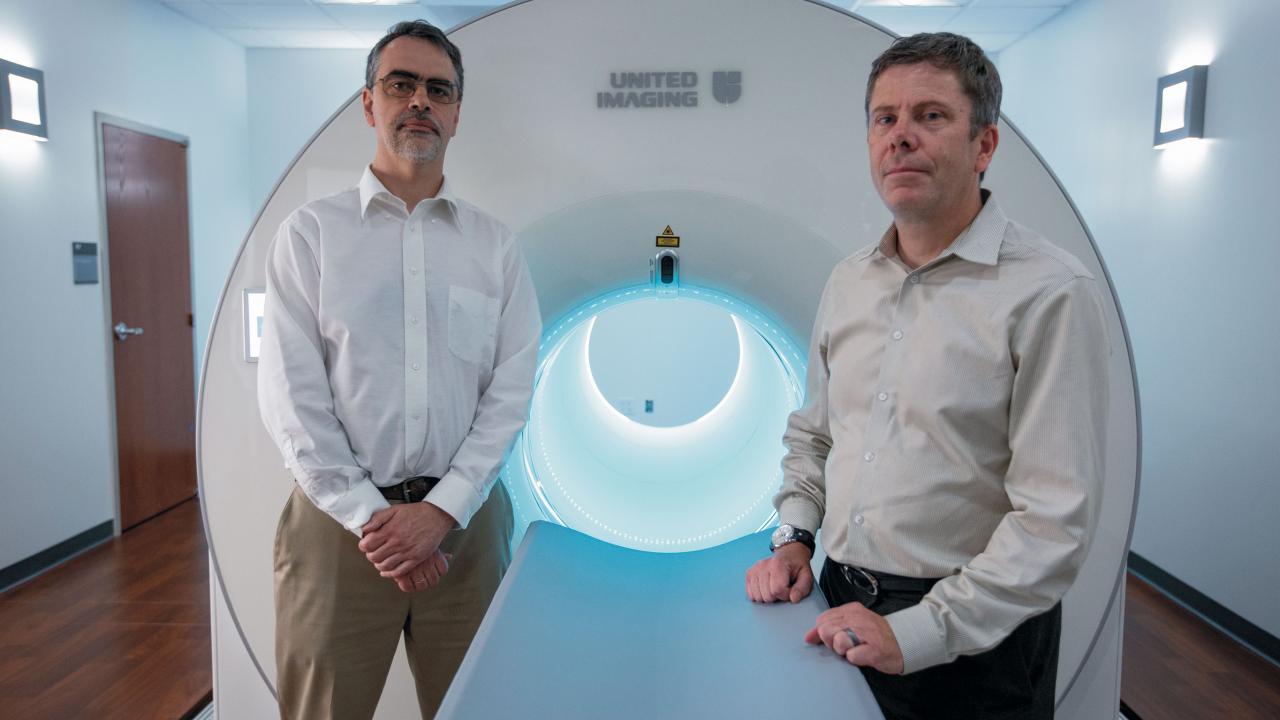
UC Davis Names Recipients of 2020 Chancellor's Innovation Awards
The University of California, Davis, today (June 15) named the recipients of the 2020 Chancellor’s Innovation Awards. The awards recognize faculty, project teams and community partners for their work, dedication and success in improving the lives of others and addressing the needs of our global society through innovative solutions.
“Research universities like UC Davis play a critical role in advancing innovative solutions for the global community that not only stimulate our economy but create a better quality of life,” Chancellor Gary S. May said. “The recipients of this year’s awards demonstrate the impact of reaching beyond what is expected to deliver game-changing innovations that address some of the world’s most critical issues.”
The awards comprise Innovator of the Year, Innovative Community Partner and Lifetime Achievement in Innovation. The program is managed by the Office of Research.
“Some of the greatest examples of bold innovation emerge when experts from different disciplines work together to solve a problem,” said Prasant Mohapatra, vice chancellor for research. “Many of the recipients for this year’s awards illustrate just how effective those collaborations can be.”
Innovators of the Year
- Ramsey Badawi and Simon Cherry, for development of EXPLORER, the world’s first total-body positron emission tomography, or PET, scanner.
- Daniela Barile, Bruce German, Carlito Lebrilla, David Mills, Jennifer Smilowitz and Mark Underwood, for advancing infant health through microbiome restoration.
The Innovator of the Year awards recognize individual faculty, staff or teams whose innovative research or accomplishments have made a measurable societal impact in the preceding year, or whose activities have achieved important milestones and present very strong potential for societal impact. Recipients receive $10,000 to apply to their research or community engagement efforts.
Ramsey Badawi, professor and vice chair of research in the Department of Radiology, and Simon Cherry, Distinguished Professor in the Department of Biomedical Engineering, developed EXPLORER with the intent to fundamentally change the way cancers and other diseases are studied and diagnosed. Cherry and Badawi conceived of the idea in 2005 and worked relentlessly to bring their vision to fruition — reaching the major milestone of clinical implementation for patient care in 2019.
The novel EXPLORER whole-body scanning technology has the potential to revolutionize human health by providing comprehensive imaging data for disease diagnosis and treatment and by enabling entirely new fields of biomedical research.
Traditional PET scanners use short-lived radioactive tracers to show how organs and tissues are functioning in the body, only scanning approximately 20-centimeter segments at one time. In contrast, the EXPLORER can image the entire human body all at once, revealing system interactions that were previously unavailable.
The EXPLORER also has the capability of producing much higher quality images than any other prior PET scanner, or alternatively of reducing the radiation exposure to the subject by as much as 40-fold.
Cherry and Badawi developed and tested several prototypes to prove the concept using RISE Grant funding from the Office of Research. This work led to a $15.5 million Transformative Research Award from the National Institutes of Health, which laid the foundation for a partnership with United Imaging Healthcare to develop a system for human clinical trials.
The Food and Drug Administration approved the scanner in late 2018, and UC Davis Health subsequently opened its EXPLORER Molecular Imaging Center in Sacramento — the first combined research and clinical total-body PET center in the world. EXPLORER scanned its first human research subject in June 2019 and first clinical patient the next month.
The technology is already being used in groundbreaking studies tracking HIV reservoirs in patients with quiescent disease, measuring the metabolic parameters of cancer in vivo, and looking at systemic inflammatory responses of patients with recent heart attacks. More than 300 research and clinical cases have been completed in the first year of operation.
